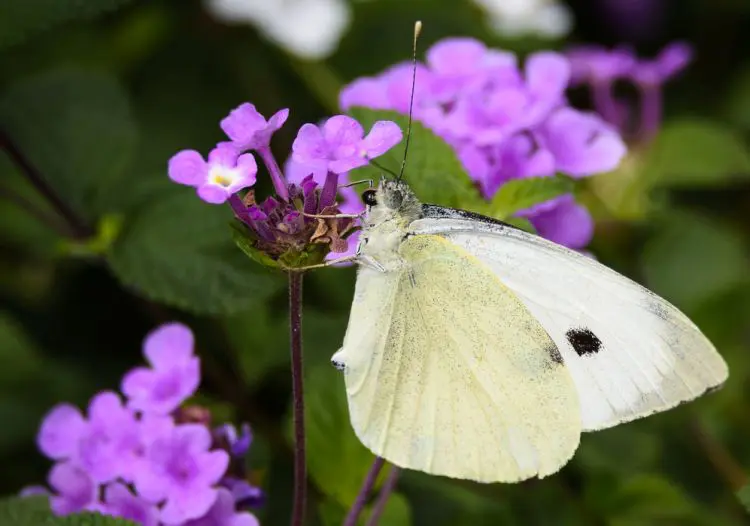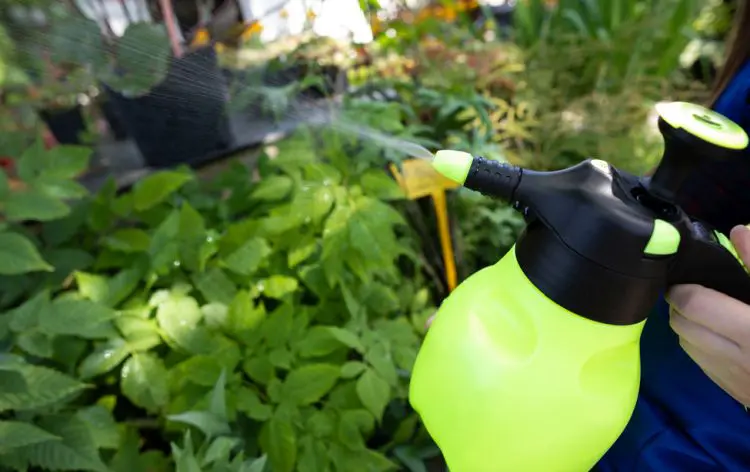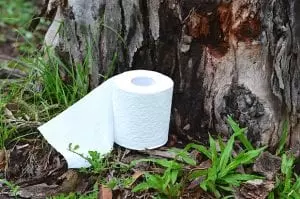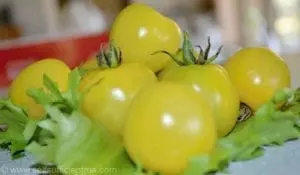Common name: cabbage white butterfly, small white, cabbage white, cabbage butterfly.
Scientific name: Pieris rapae

Where it is found: widespread in Europe, Asia & north Africa. Also present in Hawaii, New Zealand and Australia. Scarce in desert climates.
In Australia: This pest is all over Australia, but more widespread in southern areas. It was accidentally introduced in 1929. It is particularly found around vegetable plants, so is commonly seen in urban vegetable gardens.

Appearance: as the name suggests, the cabbage white butterfly is a small white butterfly with a wingspan of 3-5 cm (1.5-2″). It has a couple of black spots on the wings, which might be hard to see because they are always fluttering around the garden very quickly! In its caterpillar form, it is small and just the right shade of green that blends in with your brassica plants. The caterpillars are up to 3.5 cm (1.5″) long, soft-bodied and smooth to the touch.
Life cycle: Complete metamorphosis – eggs, larva, pupa, adult butterfly/moth.

Breeding: The females lay single eggs on the underside of host leaves. The eggs hatch into caterpillars after about four days. These caterpillars then eat for 17 days, before becoming pupae for eight days. They then emerge as white butterflies. Cabbage white butterflies usually produce three generations per year.
Active seasons: Cabbage white butterflies are active during warm weather, no matter what time of year that may be. They usually come out in early spring and disappear during winter. Depending on your climate, they may be active for as little as 3 months or as long as 9 months.

What it eats: In terms of food plants, the caterpillars favour brassicas due to the mustard oils they contain. This means cabbages, broccoli, brussels sprouts, chinese cabbages, cauliflower, kale and ornamental kale will be the first to suffer damage. This pest can also target celery, beetroot, rocket, turnips, radish, mustard and watercress. They might also munch through some ornamentals and field crops, such as nasturtiums, stock, wallflowers, geraniums, spider flower, canola, rape, shepherds pulse and wild mustard.

The damage: The young caterpillars are voracious feeders that can destroy a plant overnight by eating the leaves. They are considered a serious pest, so don’t be fooled by their small size & innocuous appearance. Feeding throughout the day, they will adjust their feed rate according to the nitrogen levels in the host plant. The condition of the host plant greatly influences the larval growth rate, so the healthier your plants are, the more they will eat, and the faster & stronger the caterpillars will grow.
How do I know if I have this pest? The caterpillars will be on the undersides of leaves. They are good at hiding & camouflage well, so can be quite hard to see. It will be easier to spot the presence of this pest when you see the adult butterflies flying around, or via their droppings. Droppings are easily visible, and appear as dark brown-black spots in the angles of the leaves.

How do I get rid of them? You have 3 options here: using a deterrent, using a spray, or picking them off by hand (manual removal).
Manual removal works well, but it can be a fiddly & time-consuming job. You might try using a blacklight (ultraviolet light) to make the caterpillars easier to see.
Organic sprays are effective at controlling this chewing insect pest. Garlic &/or chilli sprays both work, or for something stronger you can try bacillus thuringiensis, known by its brand name of Dipel. The latter is an organic spray which is specific to caterpillars & is non-toxic to everything else, including humans. Remember that sprays may need several applications and will always need to be re-done after rain.

Deterrents are another option, although they reportedly bring mixed results. Scattering egg shells around the garden is said to make the visiting moth think there are too many other moths around & go somewhere else. Moth decoys are also worth a try. You can make them cheaply at home. Cut out a butterfly-shaped piece of white plastic or cardboard out & attach it to the top of a stick or small stake. Make several of these, and dot them around the affected garden area, about one per square metre.

Exclusion via netting0 or covering plants in some way is effective. It does have the downside of being a little inconvenient to access your plants, but sometimes that’s the price we have to pay in order to grow our own organic food! You can cover plants individually as shown above, or net a whole bed.











